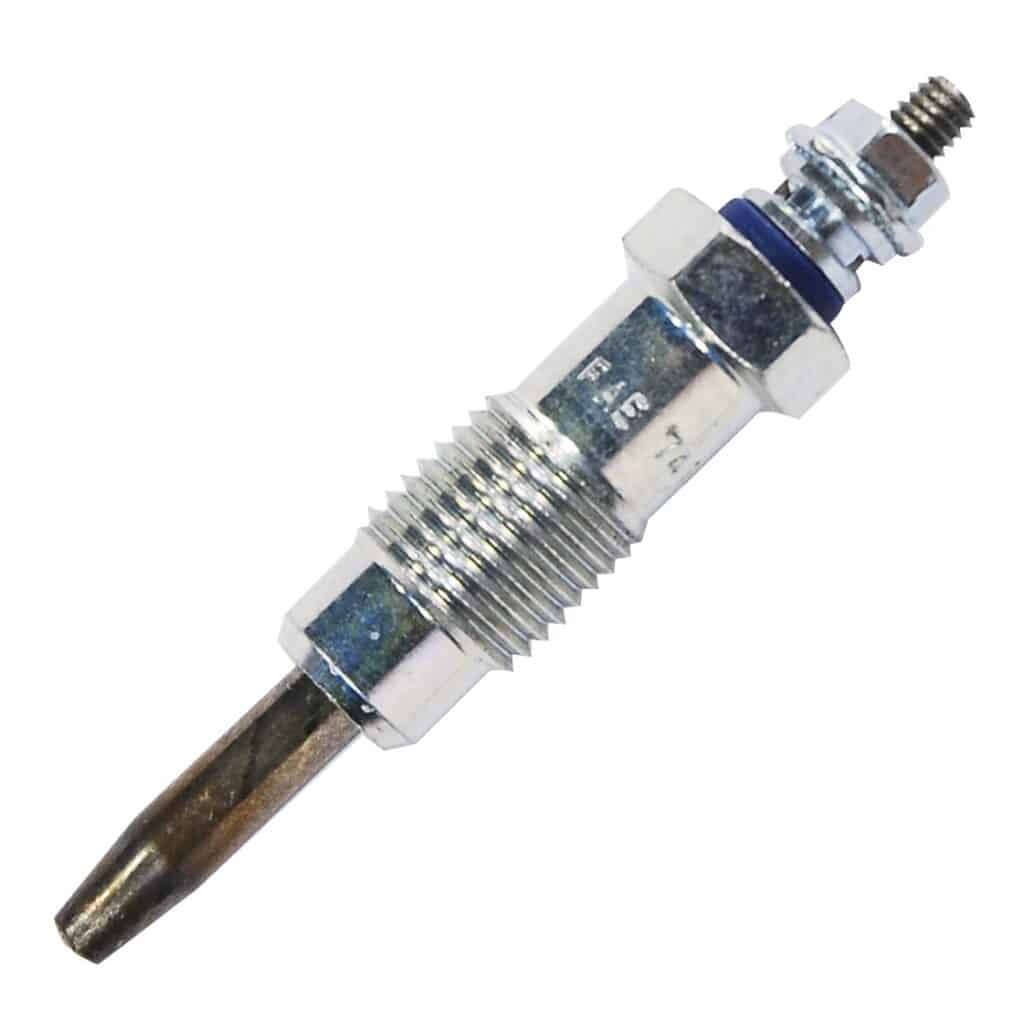A serious disadvantage soon appeared following the introduction of diesel engines in vehicules. Diesel engines require high combustion temperatures (approximately 750°C) to start. The effects of compression make starting impossible under adverse conditions caused by low temperatures. The cold engine in combination with the cold air it makes start-up possible only with the addition of heat.
Products
We have what you are looking for
-->
Description
Technical data
Composition
Cause of failure
Mounting
Description
A serious disadvantage soon appeared following the introduction of diesel engines in vehicules. Diesel engines require high combustion temperatures (approximately 750°C) to start. The effects of compression make starting impossible under adverse conditions caused by low temperatures. The cold engine in combination with the cold air it makes start-up possible only with the addition of heat.
Glow Plug provide the additional heat necessary for easy engine starting, with the time requiered for this to occur being reduced day to day. This is possible thanks to new materials and advanced technology in this area. As a rule, pre-heating time today is between 3-7 seconds and is usually timed by an electronic control panel which uses a thermal sensor or probe installed in the engine to measure engine temperature and adjust the heating time needed for flawless starting.
Technical data
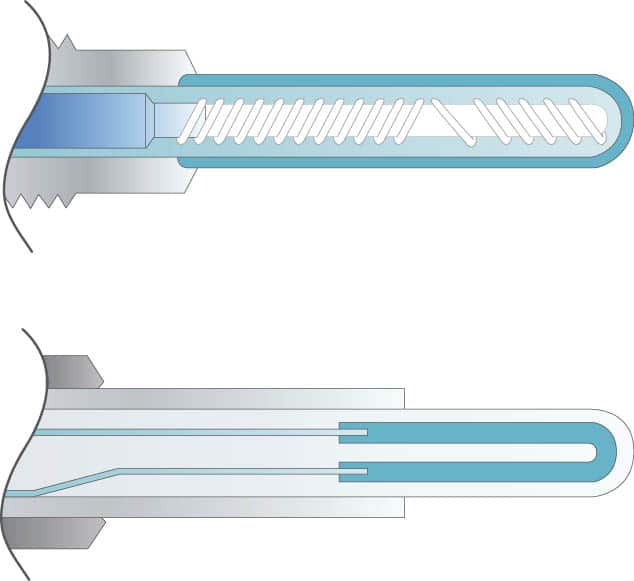
Metallic diesel Glow Plugs:
The metallic diesel Glow Plugs contain a heating ring that is enclosed in an incandescent pipe made of a light metal alloy and thermo-resistant. Between the ring and the pipe there is a ceramic material that acts as an insulating powder (magnesium oxide) which protects the heating ring against vibrations and shocks. Since magnesium is also an excellent heat conductor, it can be quickly dissipated towards the outside.
Ceramic diesel Glow Plugs:
The ceramic diesel Glow Plugs have a special heating ring, which has an exceptionally high melting point. This spiral is enclosed in an innovative ceramic material (silicon nitride). The combination of the spiral heater and the ceramic coating facilitates achieving higher temperatures and extremely short warm-up times thanks to its extraordinary thermal conductivity. In addition, the ceramic Glow Plugs are thinner. This is important because modern engines have especially limited space available. Apart from the heating group, the rest is common for both types of Glow Plugs, where we have, the threaded body for attaching the glow plug to the engine, and the connector which feeds electrical current to the Glow Plug.
Once the Glow Plug is mounted on the engine, the end of the heating pipe extends into the pre-combustion chamber or combustion chamber, or the cylinder in direct injection engines. With incandescence above 850°C, it ignites the fuel and prepares the engine for perfect starting.
At present, post-heating Glow Plugs are being introduced in a great number of diesel vehicules due to the advantages they offer. In addition to pre-heating prior to engine starting, this type of glow plug, which looks similar to its predecessors, keeps the Glow Plug running for 3 or 4 minutes following start-up, eliminating the highly contaminating bluish-white fumes traditionally given off during star-up. This type of Glow Plug allows the engine to turn much more smoothly and eliminates that annoying “clattering” of the engine in the first few minutes after starting. Coaldust is also eliminated thanks to efficient the combustion provided by the additional heatin (post-heating).
Composition
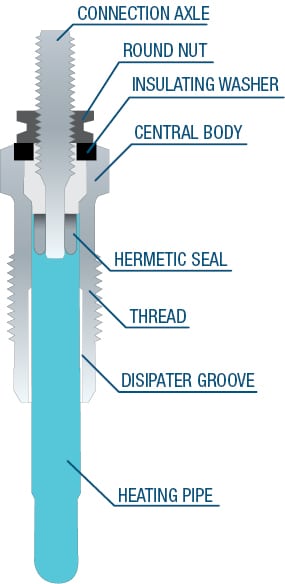
Cause of failure
Check the Glow Plugs if the engine does not start or starts with difficulty, giving off a bluish-white smoke through the exhaust pipe. As a preventive measure, when changing one Glow Plug change the rest of them as well.
Inspecting the replaced Glow Plugs is a way to know the condition of the engine and its operation.
-
Broken valves
Arcs through which oil flows to the combustion chamber
Pistons that grip up
-
Injection incidence on the heating pipe. Failure in the injection aspersion
-
Excessive connector tightness
-
Oil in the glow plug and defective tightness due to the glow plug cone not being hermetically sealed
-
Defective injection. Incorrect measurement
-
Sobretensión. Calentamiento Overvoltage. Prolonged heating
-
Notches in the hexagonal body caused by using the wrong spanner
-
Excessive heating time
-
Defective calibration of injector aspersion
-
Oil entering the combustion chamber
Defective calibration or premature injection
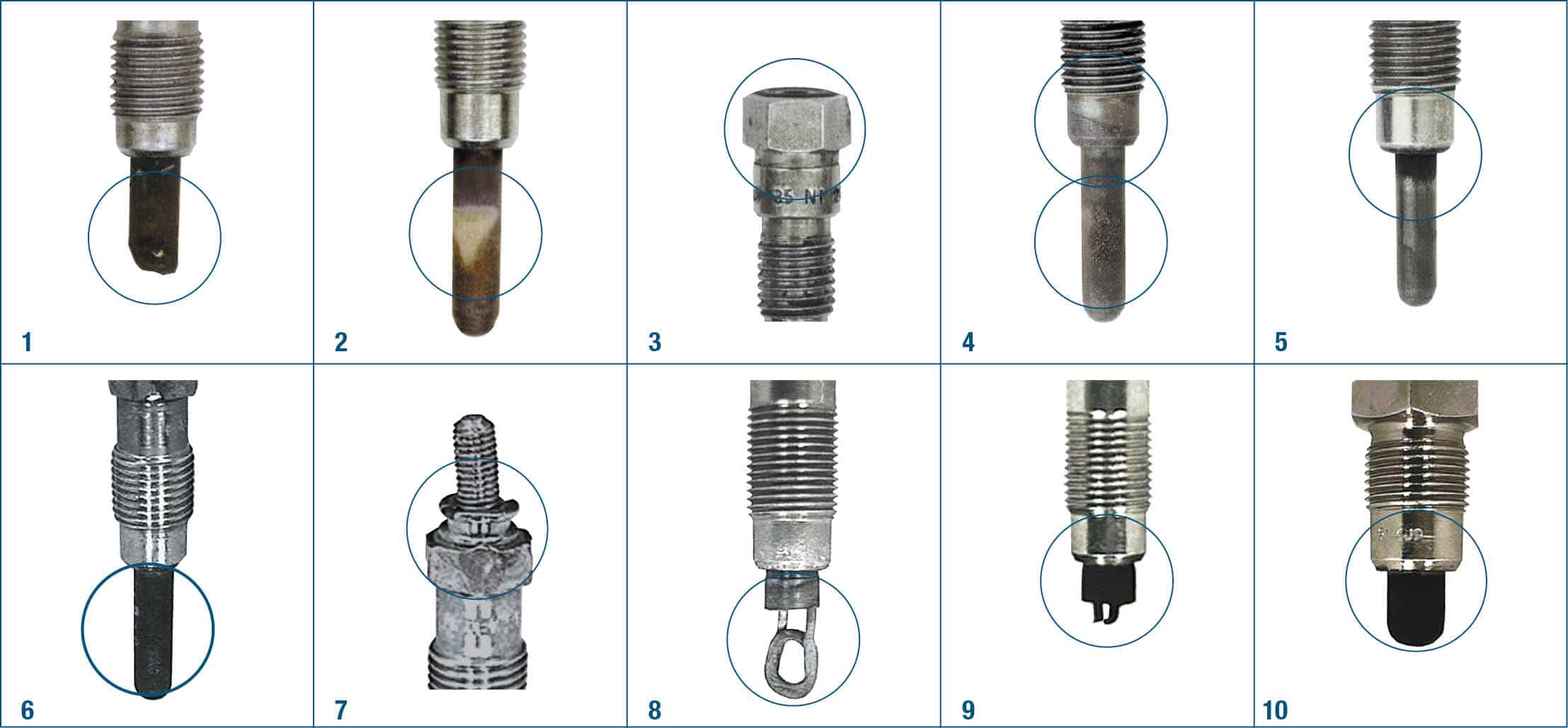
Mounting
When installing new Glow Plugs, make sure that the dimensions and voltage are the same as the original ones. Installing Glow Plugs with diferent characteristics than the original ones may damage the engine. Each Glow Plug is specific to a certain type of engine.
The length of the heating pipe and the body assembly will determine the perfect fit of the glow plug and its area of incandescence in the exact spot envisaged by the manufacturer. All pre-heating and post-heating timing functions are programmed in the electronic control panel originally installed in the vehicle.
Remember that when replacing Glow Plugs the new ones must be installed with a suitable tool to control the tightening torque.
If you have any doubts or encounter anomalies when replace a Glow Plug, remember that our technical service department is at your service to help you.
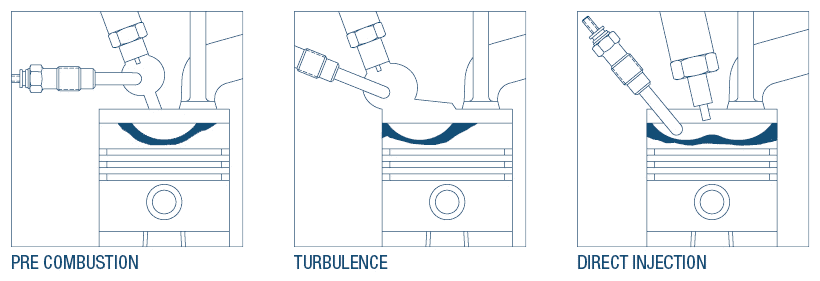
Associated documentation
DO YOU WANT MORE INFORMATION?




